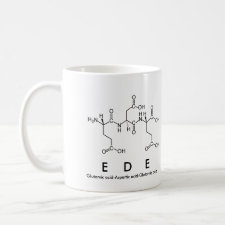
Authors: Iacob BC, Bodoki E, Oprean R
Article Title: Recent advances in capillary electrochromatography using molecularly imprinted polymers.
Publication date: 2014
Journal: Electrophoresis
Volume: 35
Issue: (19)
Page numbers: 2722-2732.
DOI: 10.1002/elps.201400253
Abstract: There is an increased and continuous need for developing new methods for the separation and quantification of an increasing number of analytes in the environmental, pharmaceutical, pharmacological, and toxicological sciences. CEC is still withholding its popularity, representing a viable alternative to the more conventional techniques (HPLC, GC) due to the numerous advantages, such as, low sample/reagent volumes, high separation efficiencies, hybrid separation principle, etc. One particular promising direction in CEC is the use of molecularly imprinted polymers (MIPs) as stationary phases. They are usually immobilized in the capillary column as a continuous polymeric monolith or as a thin polymer coating attached to the capillary's inner wall. Another emerging trend is the use of MIPs in the form of nanoparticles as a pseudostationary phase. This review discusses the recent developments (2011-2013) in finding the optimal polymerization mixture and the suitable MIP format that should be employed in CEC separations. The most important applications of MIPs in CEC technique are also highlighted
Template and target information: Review - MIPs in capillary electrochromatography
Author keywords: CEC, Molecularly imprinted polymers, sample preparation, stationary phases



Join the Society for Molecular Imprinting

New items RSS feed
Sign-up for e-mail updates:
Choose between receiving an occasional newsletter or more frequent e-mail alerts.
Click here to go to the sign-up page.
Is your name elemental or peptidic? Enter your name and find out by clicking either of the buttons below!
Other products you may like:
 MIPdatabase
MIPdatabase









